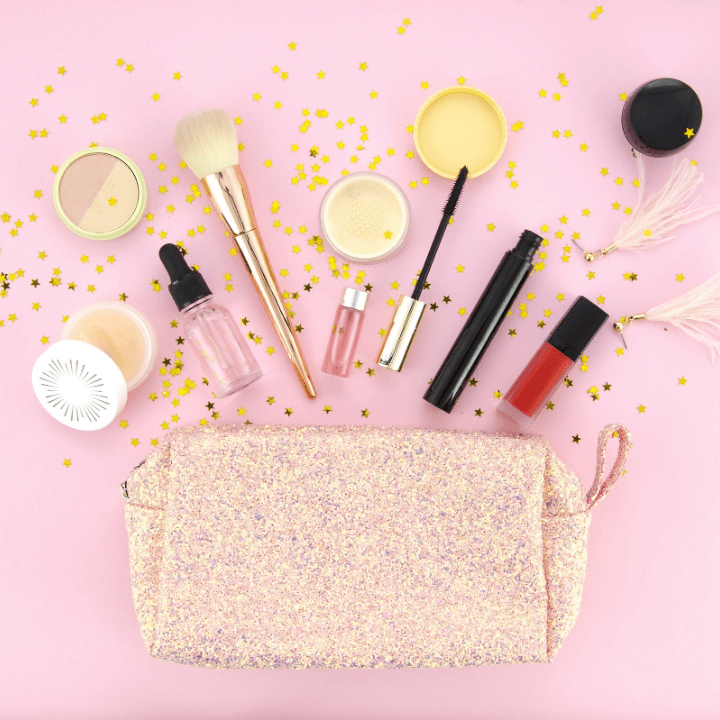
There are already countless makeup items lining the shelves (both physical and online), and with brand new products coming out every day on top of that, how are you supposed to know what’s legit and what’s no good to you?
Look, you’re a professional, the real deal. So we want to level with you, because a lot of these makeup companies aren’t. The truth is, there are a lot of items you simply do not need in your professional makeup kit. It could be because they don’t work as advertised, or maybe they cost way more than they’re actually worth. Perhaps there’s a more practical, cheaper alternative.
Either way, you’re too good for them, and we just want the best for you!
Keep reading to find out our list of the top 5 items you can go ahead and throw out of your makeup kit!
1. Silicon Makeup Sponge
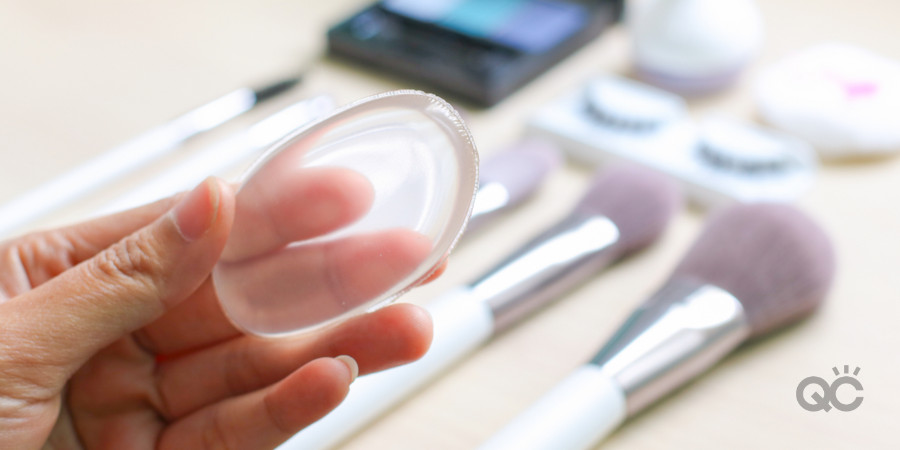
What it promises you
Silicon makeup sponges became a hot commodity when they first appeared on the makeup market. With its smooth texture and see-through appearance, they were marketed as the be-all-and-end-all of blending products. Argued to smooth out your foundation better than any competing brush, wedge, or foam sponge counterpart, the idea was that with the silicon makeup sponge, your skin would always have the perfect photoshopped finish.
Why you don’t need it
But once everyone started trying this product, it was very quickly exposed for the hack it is. In reality, most professional makeup artists strongly advise against using a silicon makeup sponge. Why? Unlike the latex-free foam sponge, the silicon’s smooth exterior gives it no way to actually soak up the product. This results in a heavier, cakier foundation application. Sure, the silicon sponge can spread it – but what good is that if it can’t actually blend the makeup into your client’s pores?
You’d be better off using a different applicator.
2. Expensive powders
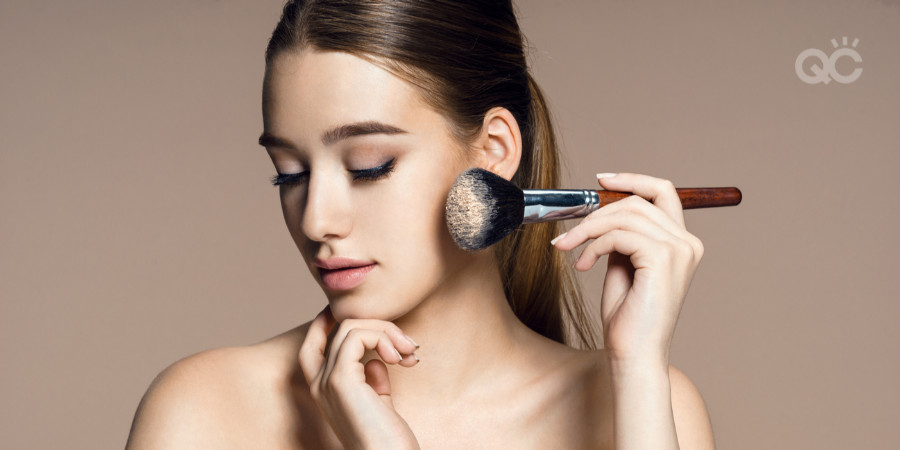
What it promises you
More money, better quality. That’s the idea that’s being sold. The costlier the powder, the better it is for your client’s skin, and her results. Foundation, concealers, and creamy contours can make the skin appear dewy, even wet. It’s easy to sell the importance of a solid powder when it’s the very product that can make or break the look of your skin. With expensive powders, the finish will be seamless, and your client will look perfect. They will soften shine, soak into your client’s pores, create less residue, and be an overall better makeup product than any powder you could buy at a lower price.
Why you don’t need it
The truth is, all powders – regardless of cost – will use two important ingredients: mica and/or talc. So long as these ingredients are finely ground up (which they are in the majority of available makeup powders), they’ll all have the same basic effect. When it comes to the makeup industry, sometimes when you pay an arm and a leg, you’re not really paying for the quality of the product, but where the product’s coming from. If you’re spending $50+ on powder, the majority of that cost is actually just paying for the packaging, marketing, and relevance of the company and its brand.
Of course, that’s not to say that every powder is equal to the other. Some judgement should be used when determining which one you want to use on both yourself and your clients. All we’re saying is, you’re safe to ditch the (pointlessly) fancy stuff. Its drugstore equivalent will do the trick just fine.
3. High-end mascara
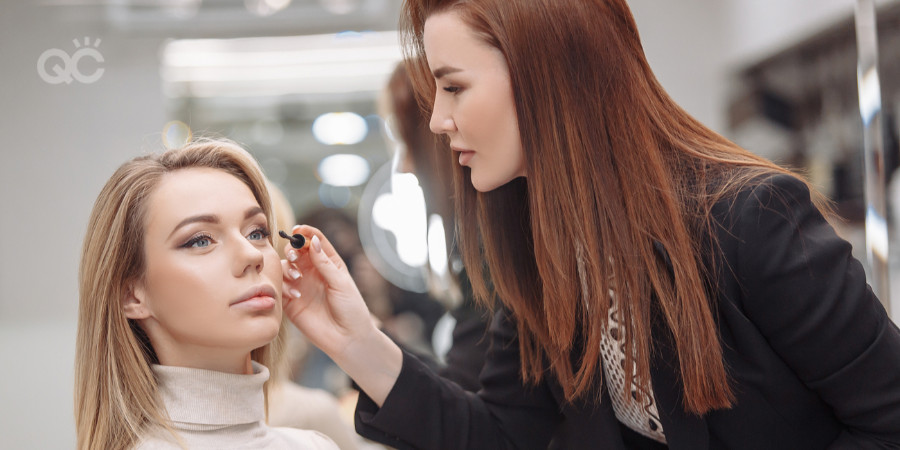
What it promises you
The really fancy stuff guarantees a superior formula to cheaper mascara. It will give your client longer, thicker lashes with far less clumping. The difference it’ll make for your client’s eyes will be drastically jaw-dropping, and if she were to blink too hard and too fast, her lashes will be SO LONG that she may just lift up and fly away! (Okay, we may be paraphrasing a bit here.)
You get the point, though.
Why you don’t need it
There’s some truth, depending on you and your taste. Many people feel both cheaper and pricey mascaras give the exact same results. Others have compared expensive mascara brands to cheaper ones and admitted they preferred the pricier mascara’s results – but only just by the tiniest bit.
Often times when you see side-by-side photos, you can barely tell them apart. Even if you can, it’s so miniscule that it’s hard to justify paying $25 more dollars just to get that teeny, tiny difference. Lots of drugstore mascaras create exceptional volume and thickness for lashes, with minimal clumping. You might as well save your money, since it won’t mean sacrificing quality.
4. Eyeshadow primer
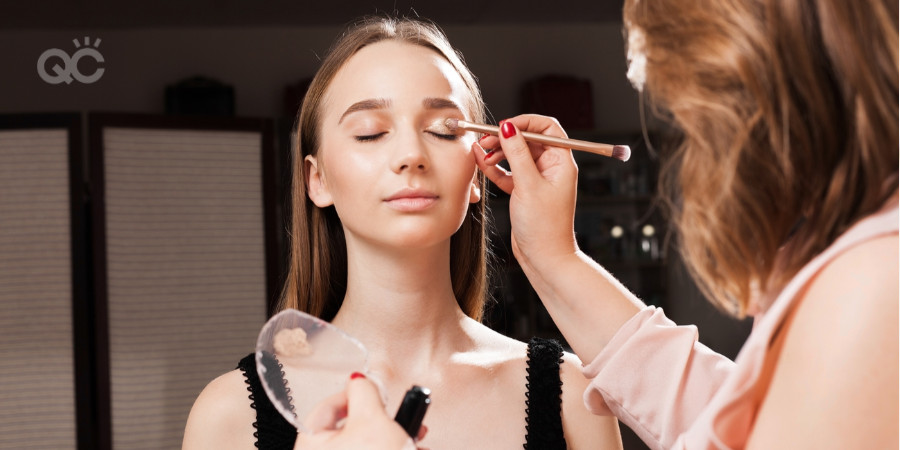
What it promises you
Eyeshadow primer promises to do two main things:
- Keep your client’s concealer, eyeshadow, eyeliner, etc. looking flawless throughout the day by preventing it from creasing (thanks to its ability to absorb excess oils, etc.)
- If the primer has a nude or white tone, it can also provide a brighter, cleaner base for your client’s eyeshadow color(s) so they can really pop
Why you don’t need it
In this case, it’s not that the product doesn’t work as intended – it’s just that there are way cheaper alternatives that can give your client the same kind of outcome. For example, even something like Aloe Vera Gel can be used as a primer. It adds moisture without adding oil. Just dab a tiny amount on your client’s eyelids, give it a few seconds to dry a bit, and then continue!
Most concealers and foundations worth their salt are made to be long-lasting, so you should be able to use those as eyeshadow primer on your client without having to worry about creasing throughout the day. Another suggestion is to simply use a white cream/powder eyeshadow as the primer! The white will give her eyeshadow hues the best ability to really show themselves off.
5. Individual eyeshadow pots
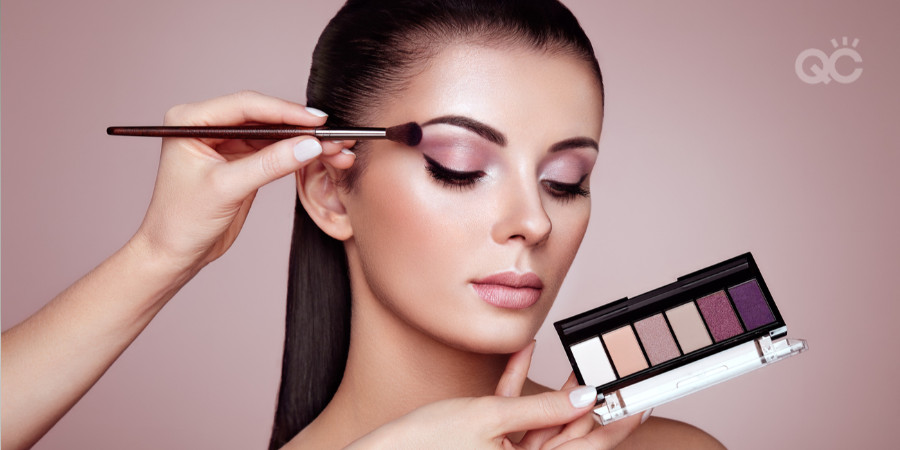
What it promises you
The exact color/shade you’re looking for in that moment, at an attractively low price.
Why you don’t need it
We’re a firm believer that you should never buy one of something when you can buy a bunch all at once. No, we’re not saying that you should buy multiple individual eyeshadows at the same time. That would cost a fortune! What you should be doing is looking for eyeshadow palettes.
Palettes are individual products that offer many pigments. While they will be a tad pricier upfront than it would be to buy a singular pot, you’ll save your money in the long run and get way more bang for your buck. Plus, palettes are a practical way to carry a wide array of different colors on you while saving space within your professional makeup kit!
In fact, if you’re able to get anything in a bundle (lip shades, contouring kits, makeup brushes, etc.) instead of buying each one individually, that is our greatest money-saving piece of advice for you. Whenever possible, try to go for bulk!
As a makeup artist, you want to ensure that you always present your best self to your clients. Part of doing that is having the best – and most effective – makeup products on-hand. You can achieve this without the most expensive tools and unnecessary products. So as 2020 quickly approaches, make it a New Year’s resolution to say goodbye to those items you don’t need in your professional makeup kit!